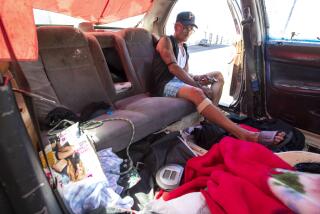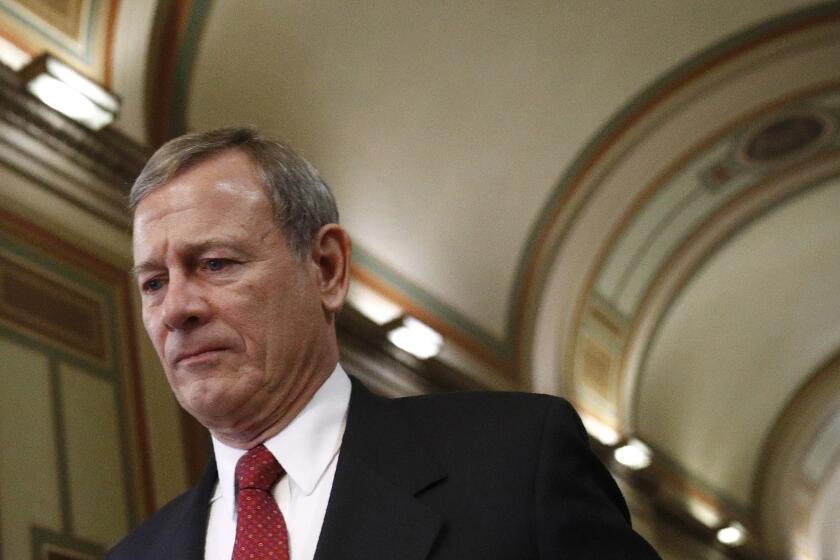Thailand Rejects Role as a Dumping Ground for Indochina Refugees
- Share via
WASHINGTON — The continued flow of refugees out of Indochina exemplifies many of the problems faced by the United States and other international donors.
Thailand, for example, has provided temporary shelter for nearly a million Indochinese refugees in the last 13 years. But as the influx continues and the United States and other countries accept fewer refugees for resettlement, Thai attitudes have hardened.
United Nations officials estimate that up to 200 Vietnamese died earlier this year when the Thai government rammed and pushed off refugee boats trying to enter southeastern Thailand.
Subsequent protests from Washington and others prevailed upon the Thai government to alter initial methods and care for those in dire need. Some refugee boats, however, are still being turned away.
The Thais are concerned that they “not become the dumping ground for all the refugees in the region,” said Rep. Stephen Solarz (D-N.Y.), chairman of the House Foreign Affairs subcommittee on East Asia.
“The key is to make it clear to the Thais that if they maintain the principle of ‘first asylum,’ we will continue to take off (Vietnamese refugees for resettlement),” he said.
Thais have not disavowed their policy of granting “first asylum” or temporary refuge, U.S. officials say. But Thai public opinion and many in the government see the issue as a national security problem and are feeling besieged by a surge in refugees and border hostilities.
In 1987, Vietnamese refugee boat arrivals tripled to nearly 12,000. The problem came to a head in January after three months of arrivals, totaling almost 6,000.
Many in Thailand see the new arrivals as “economic migrants” who will not qualify for resettlement elsewhere. Some see the flow as a deliberate Vietnamese bid to undermine Thai security.
The Thais are also worried about the influx of thousands of new Hmong refugees from Laos, adding to the 40,000 they already shelter, U.S. officials say.
Overall, more than 400,000 refugees and displaced people remain in Thailand, including 280,000 Khmer on the Thai-Cambodian border. Many of these have little chance of returning to their homes or being resettled soon. Many of the recognized refugees have been awaiting resettlement in third countries for several years.
Countries such as Thailand, Malaysia and the Philippines shelter refugees on the assumption that other countries will take them for permanent resettlement. However, willingness to resettle Indochinese refugees has declined significantly in the United States and other Western countries, according to Roger Winter, director of the U.S. Committee for Refugees.
U.S. resettlement is less than one-quarter of 1980 levels. Last year, for the first time since 1980, resettlement departures from Thailand did not keep up with arrivals. The fiscal 1989 U.S. budget portends further decline: just 23,500 refugees from all of Southeast Asia--the number the United States will accept this year from Thailand alone.
“The root cause of the continued Indochinese refugee outflow (is) policies of the government of Vietnam,” William Brown, U.S. ambassador to Thailand, recently told Congress.
A sophisticated network of smuggling Vietnamese through Cambodia, then by boat to Thailand, “could only take place with official tolerance, if not official approval,” he said.
The best solution, U.S. officials say, would be for the Vietnamese government to establish an equitable, orderly departure program for all wishing to emigrate. Hanoi has become more cooperative in allowing outflow to the United States, but it still refuses to cooperate in letting go many of those Washington considers top priority and in limiting overall numbers.
More to Read
Sign up for Essential California
The most important California stories and recommendations in your inbox every morning.
You may occasionally receive promotional content from the Los Angeles Times.










